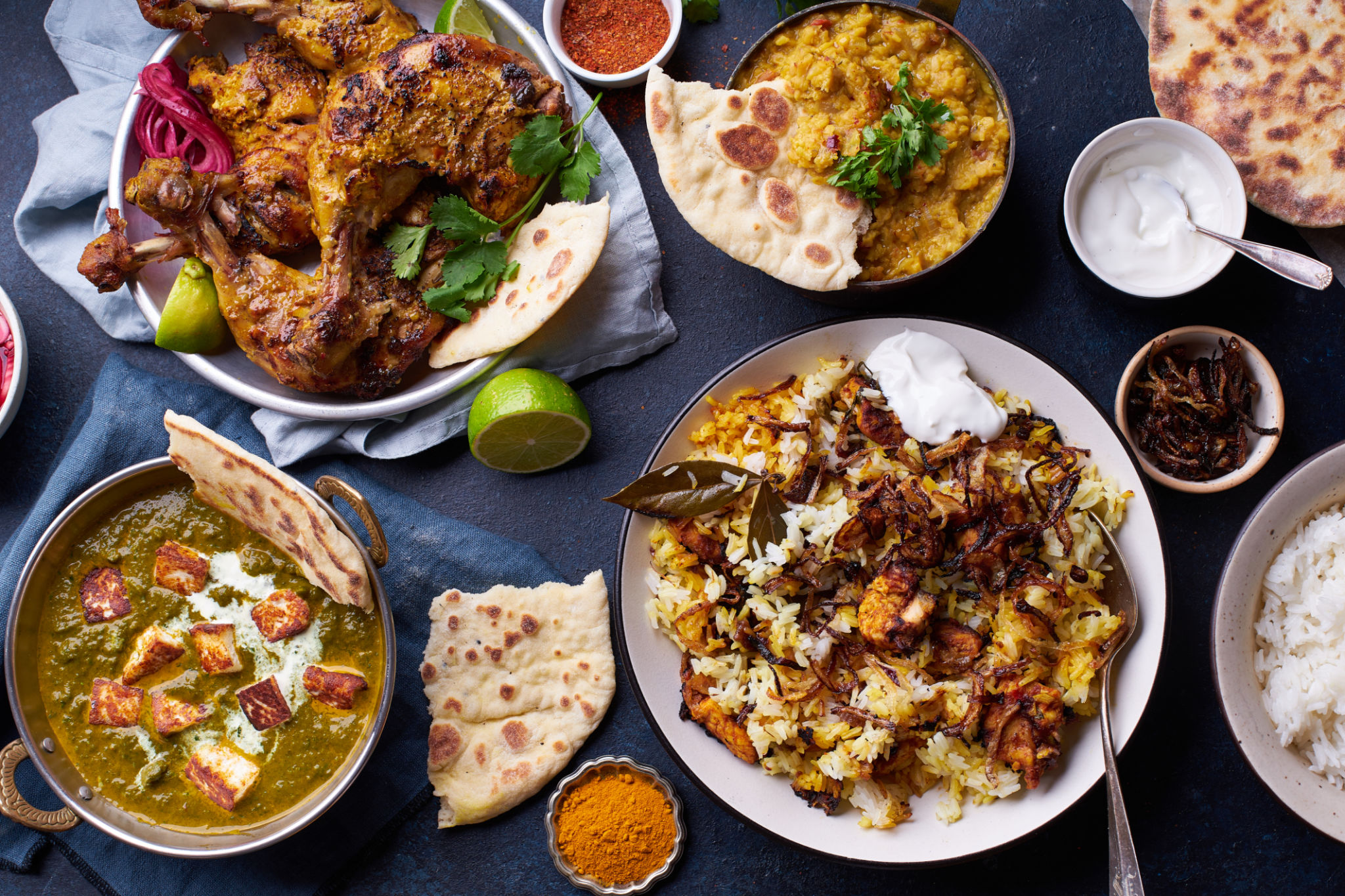A Guide to Traditional Pakistani Meals Made Healthy
Exploring the Richness of Pakistani Cuisine
Pakistani cuisine is a vibrant tapestry of flavors, rich in spices and traditions. However, traditional dishes are often perceived as indulgent, leaving those seeking healthier options in a dilemma. Fear not, as this guide will navigate you through transforming these beloved meals into healthier versions without sacrificing taste.
Understanding the core ingredients and preparation techniques is crucial in making Pakistani meals healthier. By making small changes, you can enjoy these flavorful dishes while staying aligned with your health goals.

Substituting Ingredients for Healthier Options
One of the simplest ways to make traditional dishes healthier is by substituting ingredients. For instance, replacing white rice with brown rice or quinoa can significantly boost nutritional value. Similarly, opting for whole wheat or multigrain flour instead of refined flour can add fiber and nutrients to your meals.
When it comes to proteins, consider using lean meats such as chicken breast or fish instead of red meat. Additionally, incorporating plant-based proteins like lentils and chickpeas not only reduces calorie intake but also adds valuable nutrients.
Embracing Healthy Cooking Methods
The way you cook can make a huge difference. Traditional Pakistani cooking often involves deep frying, which can be replaced with healthier methods such as grilling, steaming, or baking. These methods help retain the natural flavors of the ingredients while reducing unhealthy fat content.

For instance, try grilling kebabs instead of frying them. This simple change not only cuts down on oil but also enhances the smoky flavor that many people love.
Reducing Oil and Sugar
Oil and sugar are integral to many Pakistani recipes, but they can be moderated for a healthier outcome. Use oils high in unsaturated fats like olive oil or canola oil. Moreover, consider reducing the overall quantity and using non-stick cookware to minimize oil usage.

When it comes to desserts, reduce sugar levels by using natural sweeteners such as honey or dates. These alternatives not only offer sweetness but also add a unique flavor profile to your sweet treats.
Incorporating More Vegetables
Vegetables are a powerhouse of nutrients and should be incorporated generously in Pakistani meals. Dishes like "sabzi" (vegetable curry) or adding a variety of vegetables to curries and stews can enhance both nutrition and flavor.
Consider creating balanced meals by pairing proteins with a generous serving of vegetables. This not only increases your intake of vitamins and minerals but also makes the meal more filling, reducing the temptation for unhealthy snacks later on.
Conclusion: Savoring Healthier Traditions
Making traditional Pakistani meals healthier is not about compromising on taste or cultural significance. With thoughtful ingredient substitutions and cooking techniques, you can savor these delicious dishes while nurturing your well-being.
By embracing these changes, you can enjoy the best of both worlds—authentic flavors and a healthy lifestyle. As you continue this culinary journey, you'll find that healthy eating is just as satisfying and enjoyable.
